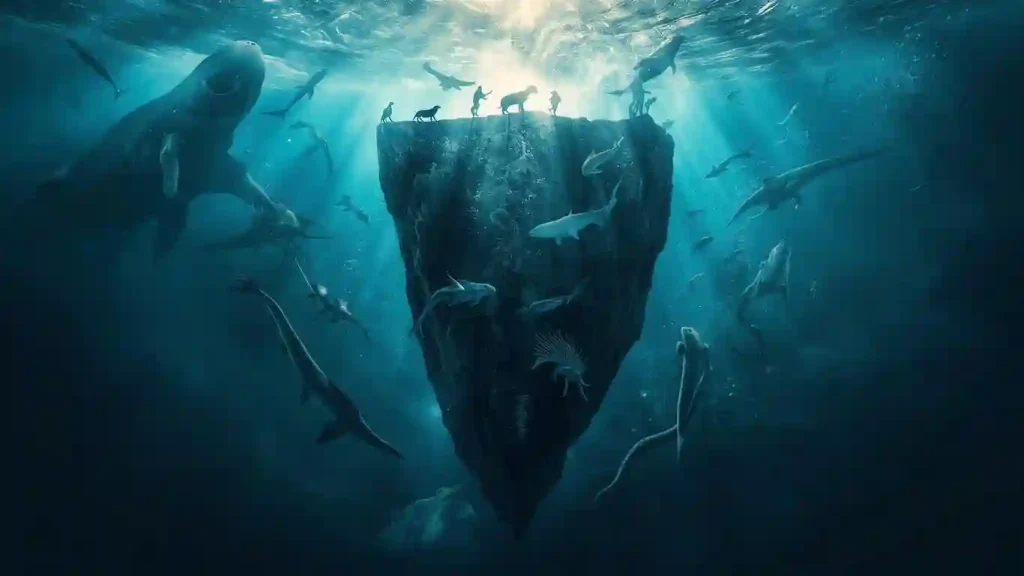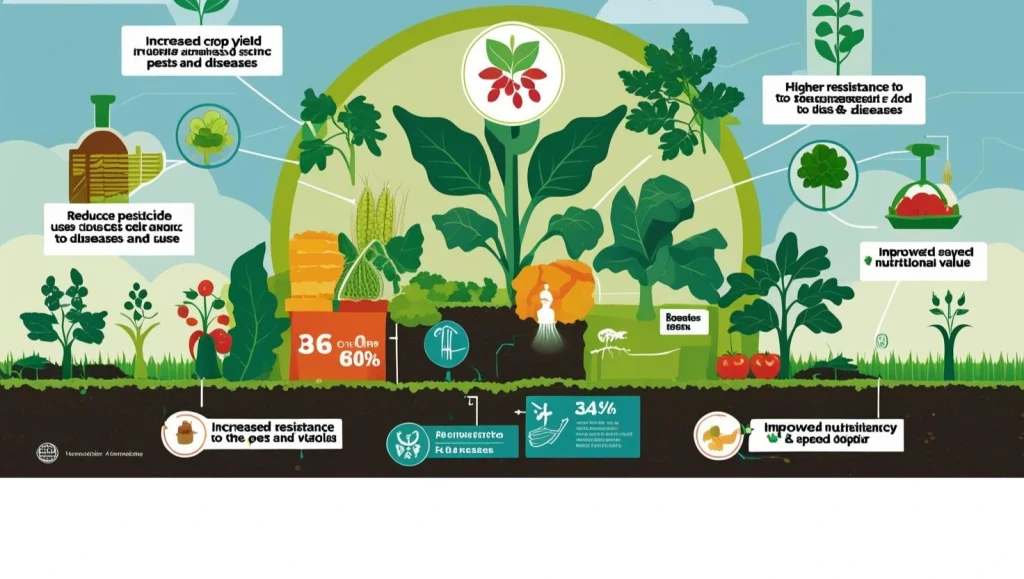
The Earth is not a static planet. Its surface is constantly shifting, driven by the fascinating process of continental drift. This geological phenomenon, where massive landmasses move across the planet over millions of years, has played a critical role in shaping life as we know it. From the rise of unique species to the formation of diverse ecosystems, continental drift is a powerful force behind evolution. In this article, we’ll explore how continental drift influences species evolution, dive into a real-world tectonic event, and explain why this process matters to life on Earth.
What Is Continental Drift?
Continental drift is the slow movement of Earth’s continents across its surface, driven by the shifting of tectonic plates. These plates, massive slabs of rock that make up the Earth’s crust, float on the semi-fluid mantle beneath. Over millions of years, these plates slide, collide, or pull apart, causing continents to drift to new locations.
It was in 1912 that Alfred Wegener first put forward the idea of continental drift. He noticed that continents like South America and Africa seemed to fit together like puzzle pieces. The idea put forward by Wegener was that all present-day continents were once connected in a supercontinent called Pangaea, which started breaking up about 200 million years in the past. Today, modern science supports this theory through evidence like matching fossils, rock formations, and plate tectonics.
This slow but constant movement has far-reaching effects, not just on Earth’s geography but also on the evolution of species.
Also Read: 10 healthy lifestyle tips for students in 2025
How Continental Drift Drives Species Evolution

Life on Earth is greatly shaped by the movement of the continents. As landmasses shift, they create new environments, isolate populations, and trigger evolutionary changes. Here’s how continental drift shapes species evolution:
1. Geographic Isolation and Speciation
When landmasses split, they isolate groups of animals and plants. This isolation prevents species from interbreeding, leading to speciation, the process where new species form. For example, when South America and Africa split apart millions of years ago, species on each continent evolved differently due to their new environments.
A classic example is the evolution of marsupials in Australia. About 50 million years ago, Australia drifted away from other continents, isolating its wildlife. This led to the development of unique species like kangaroos and koalas, which are found nowhere else on Earth. Continental drift created a natural barrier, allowing these species to evolve in isolation.
2. Changing Climates and Habitats
As continents move, they shift into new climate zones. A landmass drifting closer to the equator might become warmer and wetter, while one moving toward the poles could turn colder. These changes force species to adapt to survive.
For instance, when Antarctica drifted to the South Pole around 30 million years ago, it became covered in ice. This dramatic shift forced species like penguins to adapt to cold, harsh conditions, leading to their unique waddling gait and insulating feathers. Continental drift reshaped their habitat, driving evolutionary adaptations.
3. Creating New Ecosystems
The collision of tectonic plates can create mountains, valleys, and oceans, forming new ecosystems. These new environments provide opportunities for species to diversify. For example, when the Indian plate collided with the Eurasian plate about 50 million years ago, it formed the Himalayan mountain range. This event created diverse habitats, from lush valleys to high-altitude slopes, leading to the evolution of unique species like the snow leopard.
4. Migration and Dispersal
As continents drift, they sometimes connect, allowing species to migrate. For example, about 3 million years ago, the Isthmus of Panama formed when tectonic plates brought North and South America together. This land bridge allowed species like armadillos to move north and others, like bears, to move south. Called the Great American Biotic Interchange, this exchange set species on different evolutionary courses as they encountered new challenges and surroundings.
A Real-World Tectonic Event: The 2004 Indian Ocean Earthquake

One of the most dramatic examples of tectonic plate activity is the 2004 Indian Ocean Earthquake and Tsunami. On December 26, 2004, a massive earthquake struck off the west coast of Sumatra, Indonesia, caused by the subduction of the Indian Plate beneath the Burma Plate. This event, measuring 9.1–9.3 on the Richter scale, triggered a devastating tsunami that affected 14 countries and caused over 230,000 deaths.
While this event didn’t directly cause evolutionary changes, it highlights the power of tectonic plates. The movement of plates can reshape coastlines, flood habitats, and alter ecosystems, forcing species to adapt or perish. For example, coastal species in affected areas faced sudden changes in their habitats, which could drive evolutionary adaptations over time. This event reminds us that tectonic activity, including continental drift, is an ongoing process with real-world impacts.
Why Continental Drift Matters Today
Continental drift isn’t just a thing of the past—it’s still happening. Moving at about 2 to 5 centimeters each year, the continents shift at nearly the same speed as fingernail growth. While this seems slow, it has significant long-term effects on evolution and biodiversity.
For example, the gradual separation of tectonic plates in East Africa is creating the East African Rift, a region where the continent is slowly splitting. Over millions of years, this could form a new ocean, isolating species and driving new evolutionary paths. Scientists predict that this rift could lead to the evolution of entirely new species adapted to the changing landscape.
Additionally, understanding continental drift helps scientists predict future environmental changes. By studying past movements, researchers can better understand how species might adapt to shifting climates or habitats caused by tectonic activity.
The Role of Continental Drift in Biodiversity
The diversity of life on Earth—biodiversity—is closely tied to continental drift. By creating new environments, isolating populations, and driving adaptation, continental drift has produced the rich variety of species we see today. The movement of continents has given rise to some of Earth’s most extraordinary species, from Madagascar’s unique wildlife to the iconic animals of the Galápagos Islands.
Activities like cutting down forests and altering the climate are endangering the planet’s biodiversity. By studying continental drift, scientists can better understand how species adapt to change, helping us protect ecosystems in the face of modern challenges.
The Future of Continental Drift and Evolution
What does the future hold for continental drift? Over the next 50–100 million years, scientists predict that continents will continue to shift. Australia may collide with Southeast Asia, and the Atlantic Ocean could begin to close as North America moves closer to Africa. These shifts will pave the way for future evolutionary developments, as they’ve done throughout Earth’s history.
While we won’t witness these changes in our lifetime, the slow dance of tectonic plates will continue to shape Earth’s landscapes and the species that inhabit them. Continental drift reminds us that our planet is dynamic, constantly reshaping itself and the life it supports.
Conclusion: The Power of a Moving Earth
Continental drift is more than a geological curiosity—it’s a driving force behind the evolution of life on Earth. By isolating populations, creating new habitats, and triggering climate shifts, the movement of tectonic plates has shaped the incredible diversity of species we see today. Events like the 2004 Indian Ocean Earthquake show us that tectonic activity is a powerful, ongoing process with real-world consequences.
As we continue to study continental drift, we gain insights into the past, present, and future of life on Earth. From the marsupials of Australia to the penguins of Antarctica, the story of evolution is inseparable from the story of a moving planet. By understanding this process, we can better appreciate the dynamic world we live in and work to protect its biodiversity for future generations.
FAQs
Is continental drift real?
Yes, continental drift is real. It’s the movement of Earth’s continents over geological time, caused by plate tectonics.
What is Pangea and Panthalassa theory?
The Pangea and Panthalassa theory explains that around 300 million years ago, all Earth’s continents were joined together in a supercontinent called Pangea, surrounded by a vast ocean called Panthalassa. Over time, Pangea broke apart due to plate tectonics, leading to the current arrangement of continents.
What is the next supercontinent called?
The next predicted supercontinent is often called Pangaea Proxima, Novopangaea, Aurica, or Amasia, depending on the model. It is expected to form in the next 200–300 million years.
Who is the father of plate tectonics?
Alfred Wegener is considered the father of plate tectonics, though he originally proposed continental drift. The full plate tectonics theory was developed later, building on his ideas.
Are continents still moving?
Yes, continents are still moving due to plate tectonics, at a rate of a few centimeters per year.

